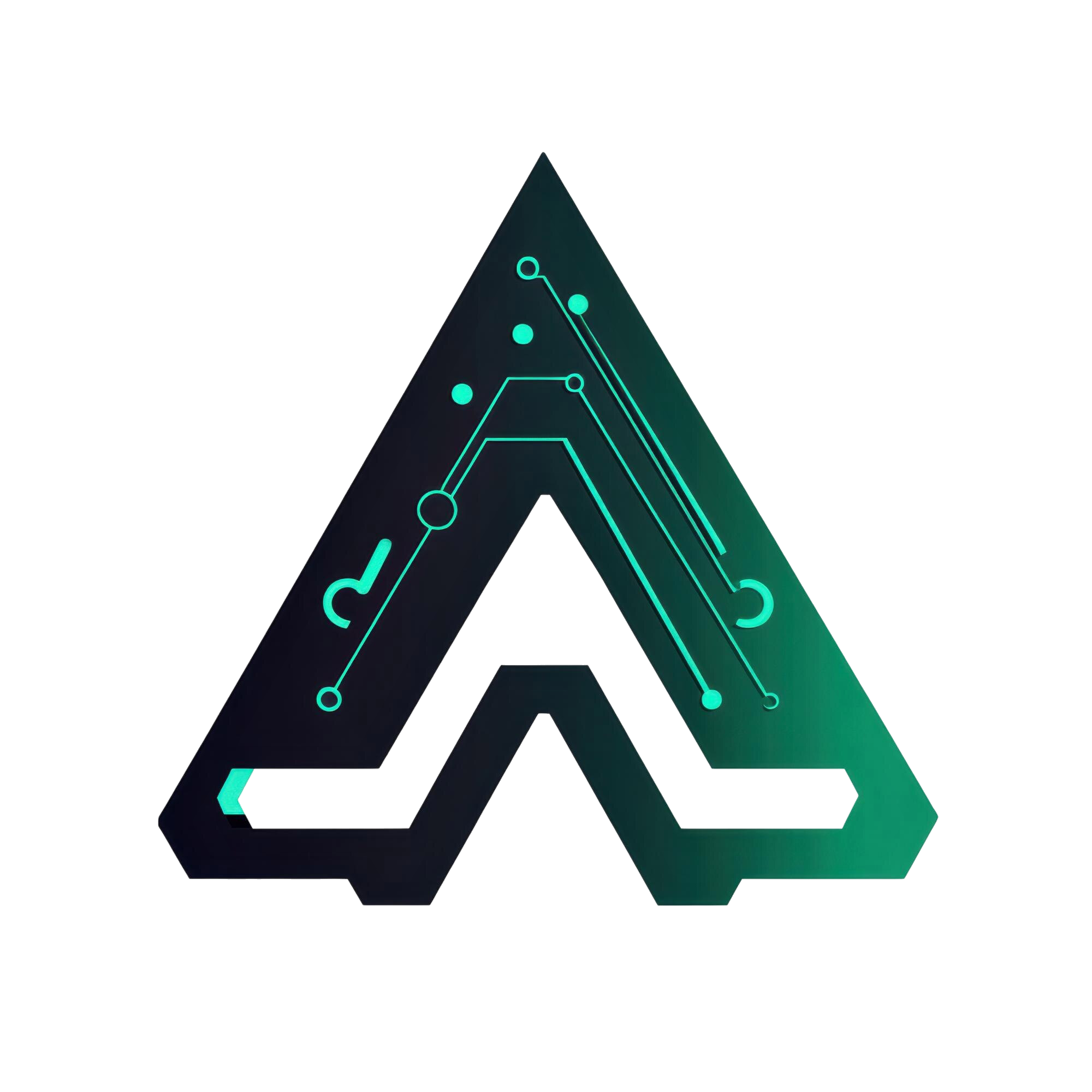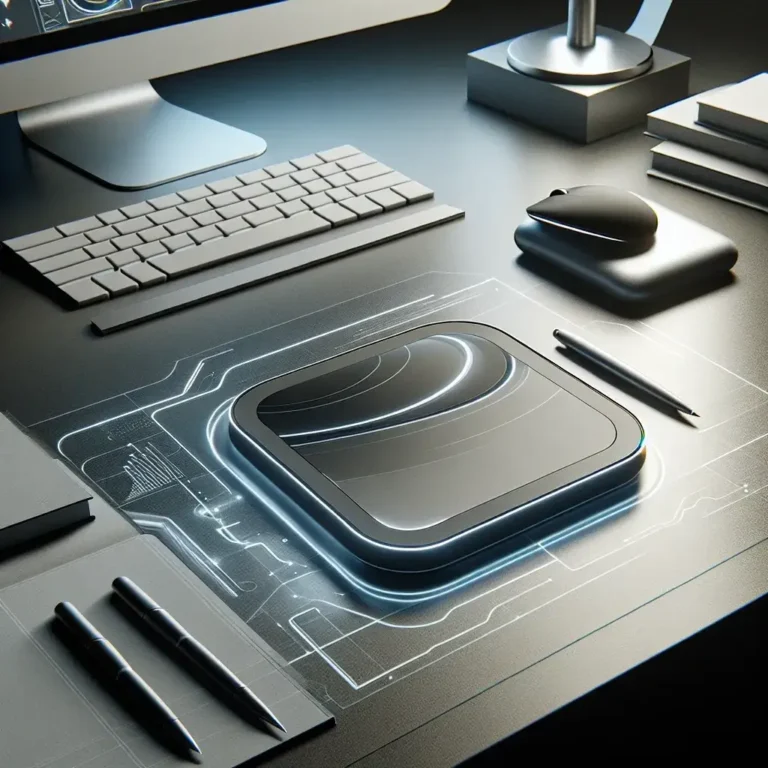The evolution of technology has brought about countless innovations, one of which is the increasing popularity of wireless trackpads. These compact devices not only streamline user interfaces but also enhance productivity. Integrating them with cloud-based software takes their functionality to the next level. In this article, we will explore how wireless trackpads can integrate with cloud-based software, the benefits they offer to users, and future trends that may shape this technology.
| Feature | Description |
|---|---|
| Connectivity | Wireless trackpads use Bluetooth or Wi-Fi to connect to devices. |
| Cloud Integration | Direct communication with cloud applications for seamless data access. |
| Customization | Users can customize gesture settings according to their preferences. |
| Cross-Platform Compatibility | Can work with different operating systems like Windows, macOS, and Linux. |
| Real-Time Collaboration | Enhances teamwork through collaborative applications in the cloud. |
Understanding Wireless Trackpads
Wireless trackpads are touch-sensitive input devices that allow users to interact with their computers or tablets with finger movements. Unlike traditional wired trackpads, their wireless counterparts eliminate clutter and enhance mobility. They have become essential tools for designers, gamers, and business professionals alike.
The Need for Integration with Cloud-Based Software
As more businesses transition to cloud-based solutions, the demand for hardware that can seamlessly integrate with these platforms has surged. Cloud computing enables users to access data and applications over the internet rather than relying solely on local storage. This shift presents an exciting opportunity for wireless trackpads to enhance user experiences further.
Benefits of Integration
- Enhanced Productivity: Users can perform tasks more efficiently with real-time responses and access to cloud applications.
- Improved User Experience: Intuitive gestures can lead to smoother navigation across cloud-based platforms.
- Seamless Synchronization: Changes made on the trackpad reflect instantly in the cloud, allowing users to work dynamically.
- Collaborative Tools: Trackpads can facilitate remote work by integrating with communication and project management tools.
Key Features of Wireless Trackpads in Cloud Settings
Wireless trackpads offer various features that enhance their compatibility with cloud-based software:
- Gesture Support: Users can execute commands using predefined gestures, improving speed and workflow.
- Device Switching: Many wireless trackpads enable easy switching between different devices, making them versatile.
- Customizable Shortcuts: Users can create personalized shortcuts to frequently used cloud applications.
Future Trends in Trackpad and Cloud Integration
The future of wireless trackpads is promising, especially concerning their integration with cloud-based software:
1. AI and Machine Learning
Artificial Intelligence will likely play a significant role in optimizing the functions of wireless trackpads. As more applications leverage AI, trackpads could learn users’ preferences and adapt accordingly.
2. Enhanced Gesture Recognition
The development of advanced sensors will improve gesture recognition, allowing for more complex commands and thus greater flexibility in cloud-based tasks.
3. Cloud-Driven Customization
Integration with cloud services could enable users to download and apply custom configurations across devices seamlessly.
Challenges of Integration
While the integration of wireless trackpads with cloud-based software has many benefits, some challenges exist:
- Compatibility Issues: Ensuring trackpads work with various cloud software can be difficult.
- Network Dependency: Users must have a stable internet connection to leverage cloud-based functionalities fully.
- Data Privacy: Using cloud applications raises concerns about data security.
Conclusion
The integration of wireless trackpads with cloud-based software represents a significant advancement in user interaction technology. As more people and businesses embrace cloud solutions, the role of these devices will expand, enhancing productivity and collaboration. While challenges remain, their potential benefits make them a worthwhile consideration for any tech enthusiast or professional. The future holds exciting innovations that will reshape how we interact with cloud applications.




Leave a Comment